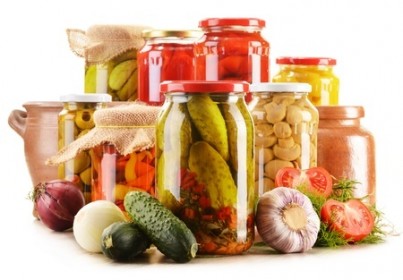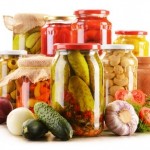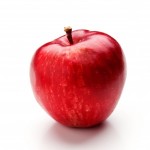Did you know veggies rock?
 Summer is the peak season for one of the most amazing chemical processes in all of nature: Water, air and a bit of garden-tending come together to produce a colorful, delectable harvest.
Summer is the peak season for one of the most amazing chemical processes in all of nature: Water, air and a bit of garden-tending come together to produce a colorful, delectable harvest.
If you’ve considered canning your garden produce, carve out some time in late mid to late summer to preserve those health-boosting minerals and vitamins. For the novice canning vegetables can seem a somewhat complicated process, but millions of Americans enjoy the bounty of homegrown veggies long after summer has passed.
The two canning methods involve boiling water canners and pressure canners. Proper timing and temperature are critical to a successful home-canning operation. The National Center for Home Food Preservation lists 10 essential steps. When followed in the correct manner and order, the preserved food will be wholesome and tasty for an extended period of time.
Practicing good hygiene lessens the risks of food-borne illness. Care should be taken to set up a staging area away from curious little hands, so you might want to have a friend come over to keep watch over your small children.
The relative ease of preserving acidic foods often entices a beginner to the canning table. If you’re a beginner at canning food, you may want to start with foods that have a high level of acidity, such as tomatoes, blueberries, plums, and cranberries.








